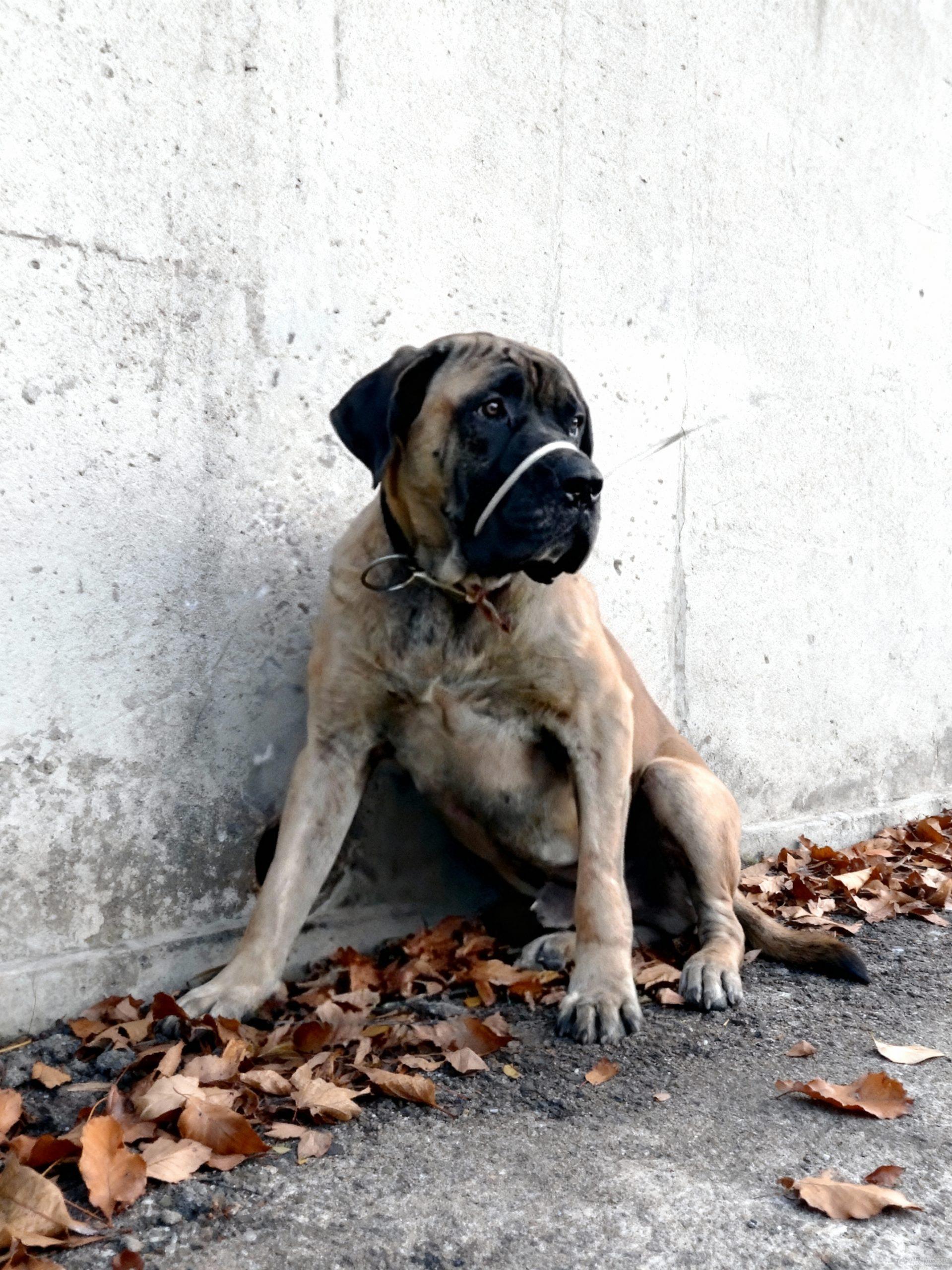The image of a majestic English Mastiff, perhaps resting calmly as the one pictured, often evokes a sense of awe and curiosity. These magnificent canines, known for their imposing size and gentle disposition, are more than just large dogs; they are a breed steeped in history, characterized by a unique blend of strength and tenderness. While their sheer presence might initially suggest an intimidating nature, a closer look reveals a loyal, affectionate, and surprisingly sensitive companion. This article delves into the world of the English Mastiff, exploring their historical lineage, distinctive temperament, essential care requirements, and the profound bond they form with their human families. Understanding these aspects is crucial for anyone considering welcoming one of these gentle giants into their home, as their well-being hinges on an owner who appreciates their specific needs and values their quiet, steadfast companionship. From their early roles as formidable protectors to their modern-day status as beloved family members, the English Mastiff’s journey is a testament to their enduring appeal and the remarkable versatility of the canine species.

A Legacy of Loyalty: The English Mastiff’s Historical Roots
The history of the English Mastiff is as grand and imposing as the dogs themselves, tracing back thousands of years to ancient civilizations. Descended from the Molossus dogs of antiquity, these powerful canines were valued for their strength, courage, and protective instincts. They served alongside Roman legions, guarded estates, and even participated in gladiator-style spectacles. Through the centuries, they became integral to English aristocracy, working as estate guardians and gamekeepers, known for their unwavering loyalty and formidable presence. This long history of working closely with humans has deeply ingrained a desire for companionship and a strong protective drive into the breed’s psyche. Their historical role as guardians instilled a natural caution towards strangers, coupled with an innate understanding of their human family as their pack, leading to the profound loyalty they exhibit today. This deep-rooted instinct to protect, combined with a gentle disposition towards their loved ones, forms the cornerstone of the English Mastiff’s unique character.

Temperament: The Heart of a Gentle Giant
Despite their imposing size and formidable appearance, English Mastiffs are renowned for their remarkably gentle and docile temperament, earning them the endearing moniker “gentle giants.” They are typically calm, patient, and good-natured, especially with children, making them excellent family pets. Their protective instincts are strong, but they tend to be watchful rather than aggressive, usually opting to deter threats with their sheer size and presence. However, early socialization is paramount to ensure they are well-adjusted and comfortable in various situations. Introducing them to diverse people, places, and other animals from a young age helps them develop into confident, well-behaved adults. This breed thrives on human companionship and can be quite sensitive, forming deep bonds with their owners. They are not typically boisterous or overly energetic, preferring a relaxed pace of life, often content to simply be near their family members.

Living with a Mastiff: Understanding Their Specific Needs
Bringing an English Mastiff into your home requires thoughtful consideration of their unique needs, particularly due to their size. They need ample space, both indoors and outdoors, to move comfortably. While they don’t require intense exercise, regular, moderate walks are essential to maintain their health and prevent obesity, which can exacerbate joint problems common in large breeds. Their sheer size means they can unintentionally knock over small children or fragile objects, so supervision is always recommended, especially during their playful puppy phase. Training should begin early, focusing on positive reinforcement and consistency. Due to their intelligence and desire to please, Mastiffs respond well to gentle guidance, though their independent streak means patience is a virtue. Housetraining, leash manners, and basic obedience commands are critical for managing such a large and powerful animal effectively. Investing time in their training not only ensures a well-behaved companion but also strengthens the bond between dog and owner.







